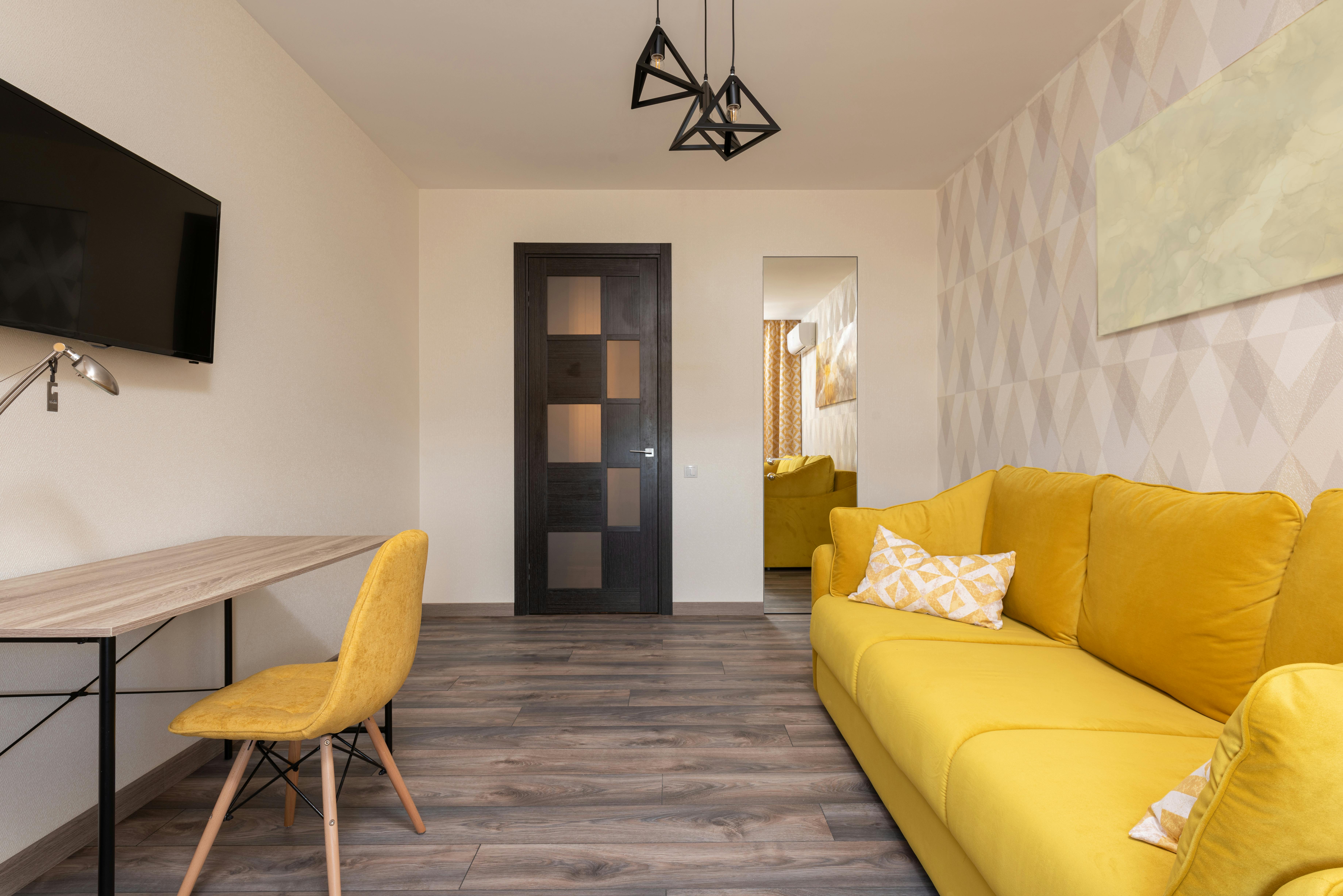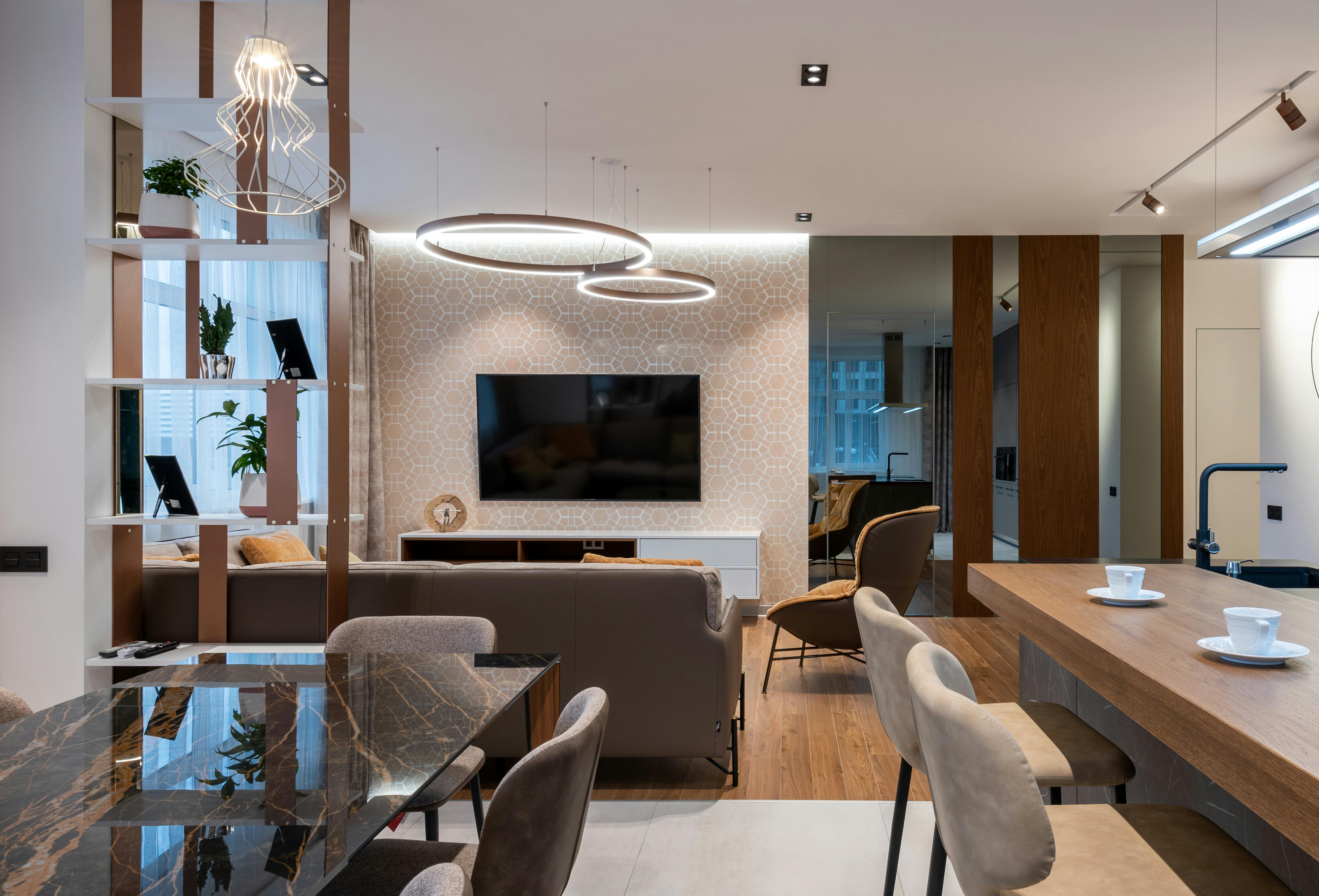Mirroring your iPhone to an Insignia TV is a great way to share content from your phone or tablet on the big screen. This guide will show you how to mirror your iPhone to an Insignia TV with ease. All you need is an Apple device running iOS 11 or higher, and a compatible Insignia TV with AirPlay 2 support. With just a few steps, you can start streaming your favorite movies, shows, and photos right away. Let’s get started!To connect your iPhone to an Insignia TV, you will need an Apple Digital AV Adapter and an HDMI cable. First, plug the Digital AV Adapter into your iPhone. Then, plug one end of the HDMI cable into the Digital AV Adapter and the other end into your Insignia TV’s HDMI port. Finally, switch your TV to the correct HDMI input to view your iPhone’s screen on the TV.
What You Need to Mirror iPhone to Insignia TV
Mirroring your iPhone to an Insignia TV is a great way to watch videos and photos from your phone on a bigger screen. To do this, you will need an Apple TV streaming device, an Insignia TV that supports AirPlay 2, and the latest version of iOS installed on your iPhone. You’ll also need a Wi-Fi network to connect the devices together. Once everything is set up, you can easily stream any content from your iPhone directly to your Insignia TV.
The first step is to connect the Apple TV streaming device to your Insignia TV. Make sure that both devices are connected to the same Wi-Fi network. Once connected, open the Settings app on your iPhone and select AirPlay & HomeKit. From here, you should be able to see the Apple TV device listed as an available device for streaming. Select it and tap “Mirror” to start mirroring content from your iPhone to the Insignia TV.
You can also use AirPlay 2 if your Insignia TV supports it. This allows you to stream audio, video, and photos directly from compatible apps on your iPhone without having to mirror the entire screen of your phone. To enable AirPlay 2, open the Settings app then select AirPlay & HomeKit and enable AirPlay 2 by tapping “Allow Access When Locked” or “Always Allow Access” depending on what version of iOS you have installed on your phone. Next, open a compatible app such as Photos or Music and look for the AirPlay icon (a triangle with three circles). Tap this icon then select “AppleTV” as the output device.
Once everything is set up correctly, you should be able to easily mirror content from your iPhone directly onto your Insignia TV with just a few taps!
Setting Up iPhone and Insignia TV for Screen Mirroring
Screen mirroring is a great way to share content from your mobile device to your Insignia TV. With the right setup and configuration, you can easily connect your iPhone to an Insignia TV for screen mirroring. Here’s how to do it:
First, make sure your iPhone and Insignia TV are on the same Wi-Fi network. This is necessary for your devices to be able to communicate with each other and display content on the TV. To check this, go into the Settings app on your iPhone and into the Wi-Fi menu. Make sure that you are connected to the same network as your Insignia TV.
Next, open up the Control Center on your iPhone by swiping up from the bottom of the screen. On newer iPhones with Face ID, you’ll need to swipe down from the top right corner of the screen instead. Once you’re in Control Center, press and hold down on the Screen Mirroring icon until a list of available devices appears.
Select your Insignia TV from this list and wait for your phone’s content to appear on the big screen. You may be prompted to enter a PIN or password before it connects successfully — if so, enter this code onto your iPhone’s keypad. Once connected, you can start streaming content from your phone directly onto your TV.
If you ever want to disconnect or stop mirroring content onto your Insignia TV, simply open up Control Center again and tap Disconnect in order to end the session. With this guide, setting up screen mirroring between an iPhone and an Insignia TV should be a simple process!
How to Use AirPlay to Mirror iPhone to Insignia TV
Mirroring your iPhone to an Insignia TV can be a great way to share photos, videos, and other content with family and friends. With AirPlay, you can wirelessly stream content from your iPhone or iPad to an Insignia TV. You can also use AirPlay to mirror the entire screen of your device on the TV. In this article, we’ll explain how to use AirPlay to mirror your iPhone or iPad on an Insignia TV.
The first step is to make sure that your devices are compatible with AirPlay. Your iPhone or iPad must be running iOS 4.2 or later in order for it to work with AirPlay. Similarly, your Insignia TV must have the latest firmware installed in order for AirPlay mirroring to work.
Once you’ve confirmed that both devices are compatible, you’ll need to connect them together using the same Wi-Fi network. Next, open the Control Center on your device and tap the ‘AirPlay’ icon. You should see a list of available devices that you can connect with; select your Insignia TV from this list.
You’ll then be prompted to enter a four-digit code that will enable AirPlay mirroring on the TV; enter this code and press ‘OK’. Once you’ve done this, you should see a preview of what’s being mirrored on your device appear on the screen of the Insignia TV.
At this point, you can start streaming content from your device directly onto the TV screen. To adjust settings such as resolution and frame rate, just open Control Center again and tap ‘AirPlay’ once more; here you’ll be able to tweak these settings as needed.
When you’re finished streaming content from your device onto the Insignia TV, just open Control Center one more time and tap ‘Stop Mirroring’ – this will stop Airplay mirroring and disconnect both devices from each other.
Using Airplay is a great way to quickly mirror content from your iPhone or iPad onto an Insignia TV – just make sure both devices are compatible before getting started!
Screen Mirroring
Screen mirroring is a technology that allows you to replicate the screen of your laptop, smartphone, or tablet onto a larger display such as a TV or projector. This is done either wirelessly or with the help of cables and adapters. Screen mirroring can be used to share photos and videos, stream music, or even play video games on the big screen.
What Other Options Do You Have for Screen Mirroring?
Apart from using cables and adapters to connect your device to your TV or projector, there are other ways to do screen mirroring. One popular option is using a media streaming device such as Chromecast, Roku, Amazon Fire TV Stick, Apple TV etc. These devices connect directly to the display and can stream content from websites like YouTube and Netflix.
Another option is to use a wireless HDMI adapter which connects your device wirelessly with the display. This allows for seamless streaming of content from your device without any lag. Lastly, you can also use apps like AirPlay mirroring for Apple devices and Miracast for Android devices which allow you to mirror content from your phone or laptop directly onto the display.
Whichever option you choose for screen mirroring, it should be able to meet your needs in terms of quality and convenience. Some methods may require additional hardware while others might require software setup on both the sending device and receiving display before they can be used effectively.

Connect an HDMI Cable from iPhone to Insignia TV
Connecting an HDMI cable from your iPhone to an Insignia TV is a simple process that requires a few steps. First, make sure you have the right cables. You will need a Lightning Digital AV Adapter, which plugs into your iPhone’s Lightning port, and either an HDMI cable or an HDMI-to-DVI cable. The adapter and the cables are available at most electronics stores, or you can purchase them online.
Once you have the cables, plug the Lightning adapter into your iPhone and then connect the other end of the adapter to either the HDMI cable or the HDMI-to-DVI cable. Next, plug one end of the cable into your Insignia TV’s HDMI port or DVI port, depending on which type of cable you are using. Plug the other end of the cable into your TV’s power outlet and switch it on.
The next step is to select “Settings” from your iPhone’s home screen and then select “AirPlay & Handoff” from the list of options. This will bring up a list of available devices that can be connected to your iPhone via AirPlay or Handoff. Select “Insignia TV” from this list and wait for it to connect. Once it has connected successfully, you can begin streaming content from your iPhone to your television.
This is how you can easily connect an HDMI cable from your iPhone to an Insignia TV in just a few simple steps. With this connection in place, you can now watch movies, listen to music, play games and more on a larger screen with high quality sound – all without having to leave the comfort of your own home!
Connecting an iPhone With HDMI Cable
Connecting an iPhone with an HDMI cable is a great way to extend the capabilities of your device. An HDMI cable allows you to connect your iPhone to a TV, projector, or other compatible display device. This connection allows you to view and share content from your iPhone on a larger screen. It also enables you to stream video content from services such as Netflix, Hulu, and YouTube. Additionally, connecting your iPhone via HDMI allows you to use apps such as Apple Music and Apple TV on a larger screen.
The benefits of connecting an iPhone with an HDMI cable are numerous. By connecting your device to a large screen, you can view and share photos, videos, presentations, and more with friends and family. Additionally, streaming video content from services like Netflix allows for a more immersive viewing experience than can be achieved by watching on the small screen of the iPhone. Furthermore, using apps like Apple Music on a larger display makes it easier to see all the details of songs or albums without having to squint at the tiny display of the iPhone. Finally, connecting your phone via HDMI provides better sound quality than would be achieved by using the built-in speakers of the phone.
In conclusion, connecting an iPhone with an HDMI cable is a great way to extend the capabilities of your device. This connection allows you to view and share content from your phone on a larger screen while also enabling streaming video content from services like Netflix or Hulu. Additionally, using apps such as Apple Music or Apple TV on a bigger screen makes it easier to see all details without having to squint at the small display of the phone. Finally, this connection also provides better sound quality than would be achieved by using just the built-in speakers of the phone.
How Can You Control Your Video and Audio Output?
People often need to control the output of their video and audio for various reasons. Whether it’s for a home theater setup, a professional studio, or just for general convenience, being able to adjust the settings of your video and audio can be very useful. Fortunately, with modern technology, controlling your video and audio output has become easier than ever before.
The most common way to control your video and audio output is through your computer’s sound card or graphics card. Most computers come with sound cards that allow you to adjust the volume and balance of your audio output. Similarly, graphics cards have settings that allow you to adjust the resolution and color depth of your video output. Both of these devices usually come with an easy-to-use interface that allows you to quickly adjust the settings without having to go through complex menus or read long instructions.
Another way to control your video and audio output is by using a dedicated device such as a media player or streaming device. These devices usually come with their own remote control that allows you to adjust the settings without having to use a computer or other device. Additionally, many media players also come with companion apps that can be installed on smartphones or tablets so that you can control the playback from anywhere in the house.
Finally, some TVs come with built-in options for controlling both video and audio output. Many modern TVs have an on-screen menu system that allows you to quickly adjust the settings without having to use any other devices or cables. Additionally, some TVs also come with companion apps that let you control playback from a phone or tablet as well as access additional features such as voice commands or gesture controls.
Overall, controlling your video and audio output is relatively easy thanks to modern technology. Whether it’s through a sound card or graphics card on your computer, a dedicated device such as a media player, or even through built-in options on certain TVs, there are plenty of ways to make sure that you have complete command over how your videos and music sound — no matter what device they’re playing on!

Conclusion
Mirroring your iPhone to an Insignia TV is a simple process that you can do in just a few steps. First, you will need to make sure your iPhone and TV are connected to the same Wi-Fi network. Next, use the AirPlay feature on your iPhone to find your Insignia Smart TV. After that, tap the AirPlay icon on your phone and select the Insignia Smart TV from the list of available devices. Finally, accept the request on both devices to begin mirroring your iPhone screen onto the TV.
With this guide, you should now be able to easily mirror your iPhone’s screen onto an Insignia Smart TV. This feature can come in very handy for a variety of uses, such as watching movies or playing games with a larger screen. So take advantage of it and enjoy!
